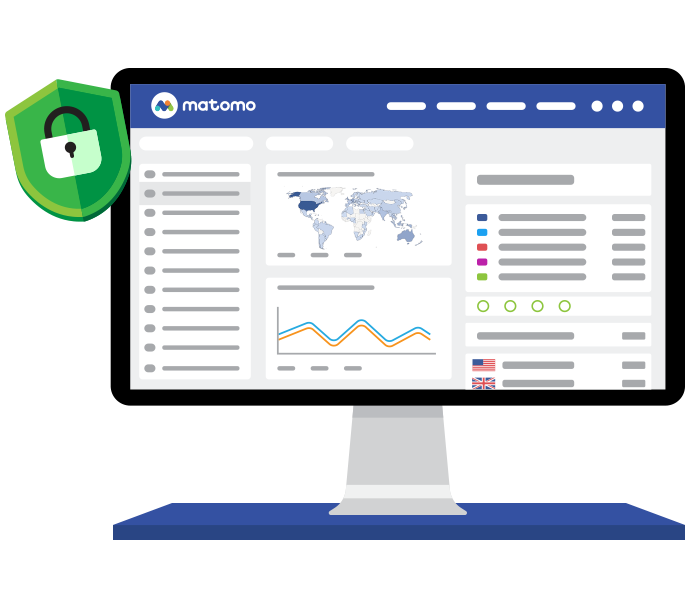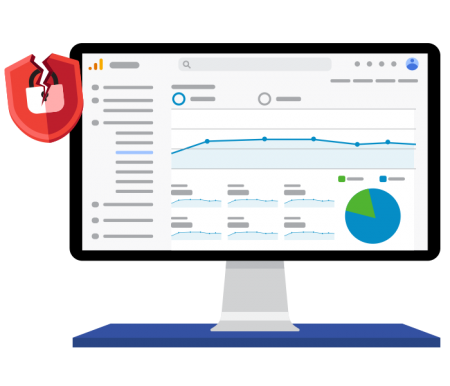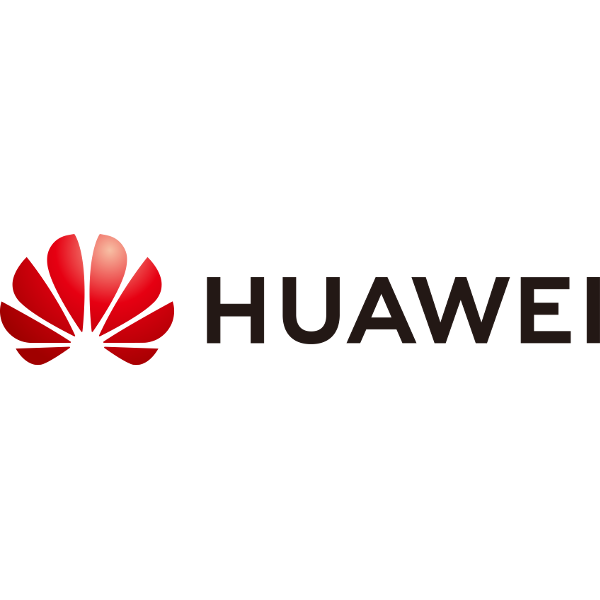Who owns your website data?
If you’re using Google Analytics right now, then it’s not you.
Google owns your data and is using it for their “own purposes”
- Google Analytics is ‘free’ because they’re using your data to monetise their advertising platforms.
- Your Google Analytics data is tracked, stored and owned by Google, which threatens the privacy of your website visitors and customers.
- For EU businesses, Google Analytics is not GDPR compliant and you can be fined up to 4% of your yearly revenue for any privacy breaches or non-compliance.
- This also means your website visitors must opt-in to tracking via a form, which disrupts the user-experience and creates inaccurate data.
Matomo puts YOU firmly back in control
Sleep easy at night knowing you have full data ownership and that your users’ data is protected.
- You choose how and where your valuable data is stored.
- Your customers will love you because their valuable personal data is protected.
- You'll have peace of mind knowing your website is GDPR and CCPA compliant.
- You get greater insights, unlimited websites, API usage and more.

Join over 1 million websites that already trust Matomo with their website data.
Start your 21-day free Cloud trial
No credit card required

This tool (Matomo) without a doubt, is a serious contender of Google Analytics and serious threat to GA Premium. My primary reason to use Matomo is to get the unsampled data, though it provides many other benefits over GA like full ownership of the analytics data.

Optimize Smart
Given our tradition in libraries to protect reader privacy, a compelling argument can be made that Google Analytics is inappropriate for libraries. After a review of alternatives to GA following Edward Snowden's revelations, we selected Matomo as a replacement for GA.

No matter whether we are working with granular or big-picture data, we always have confidence that we are making user-benefited decisions based on a complete data set. And having full control of our Matomo data is critical - we get to choose exactly how it's stored, managed and deleted.






